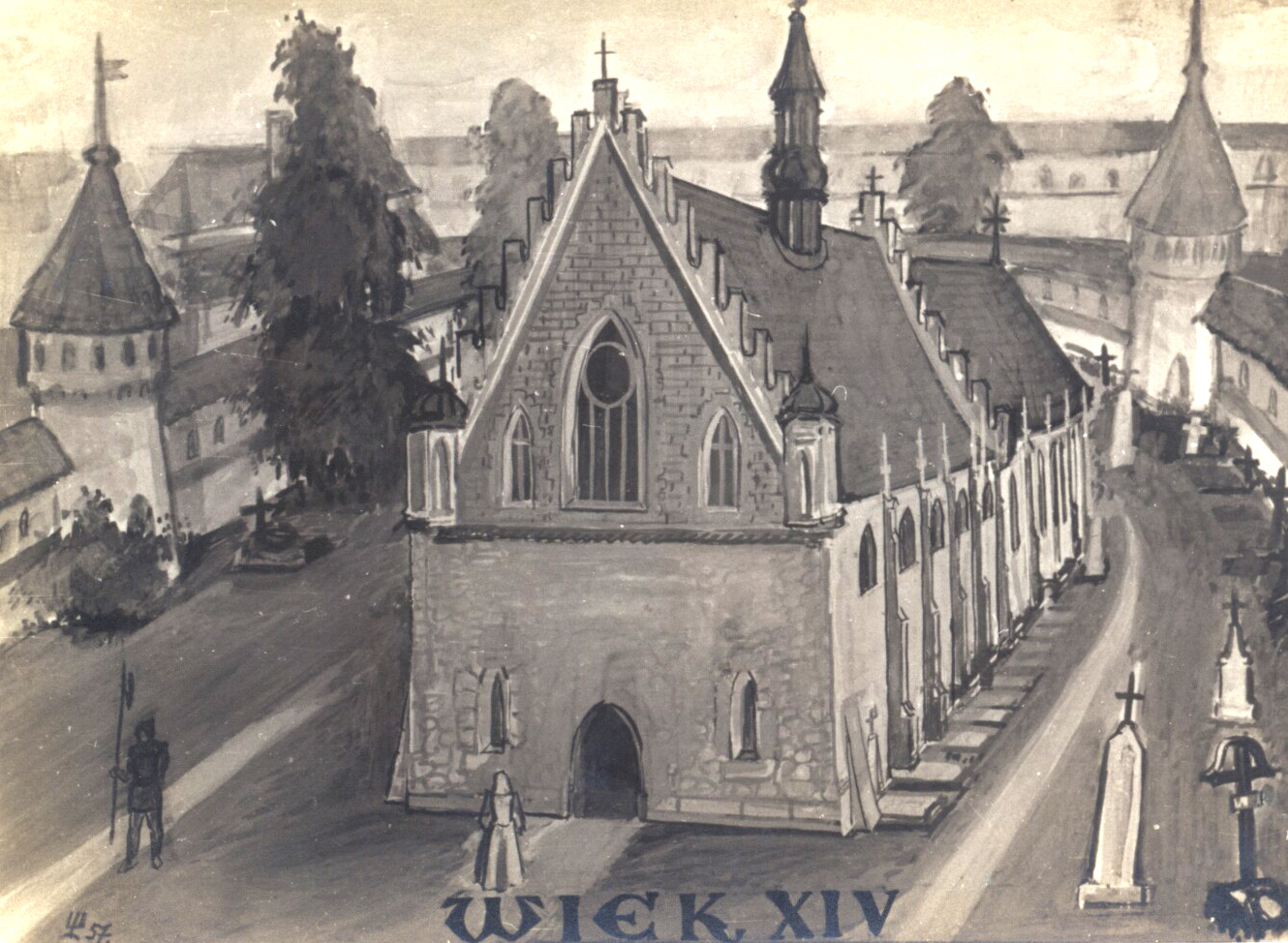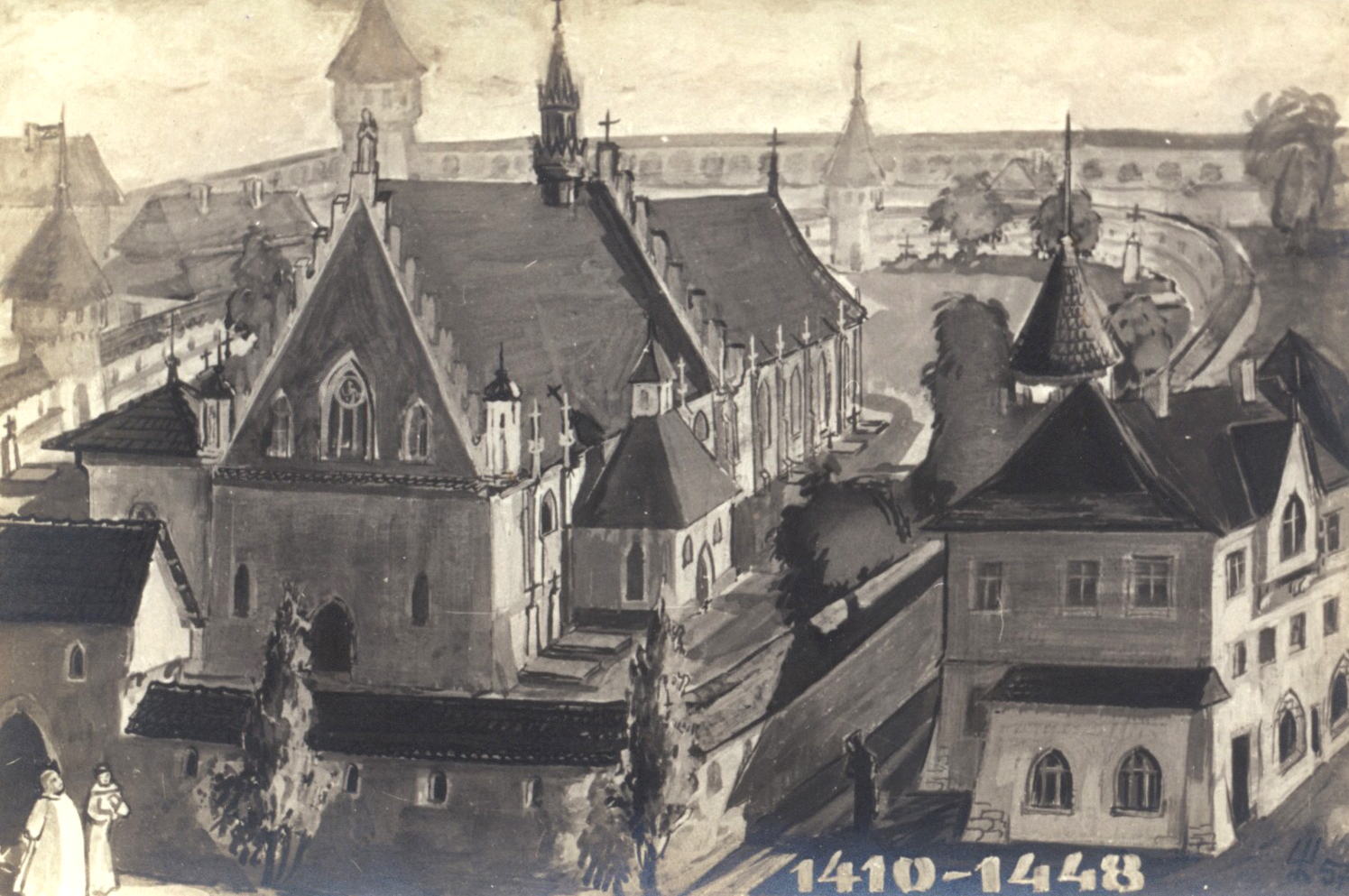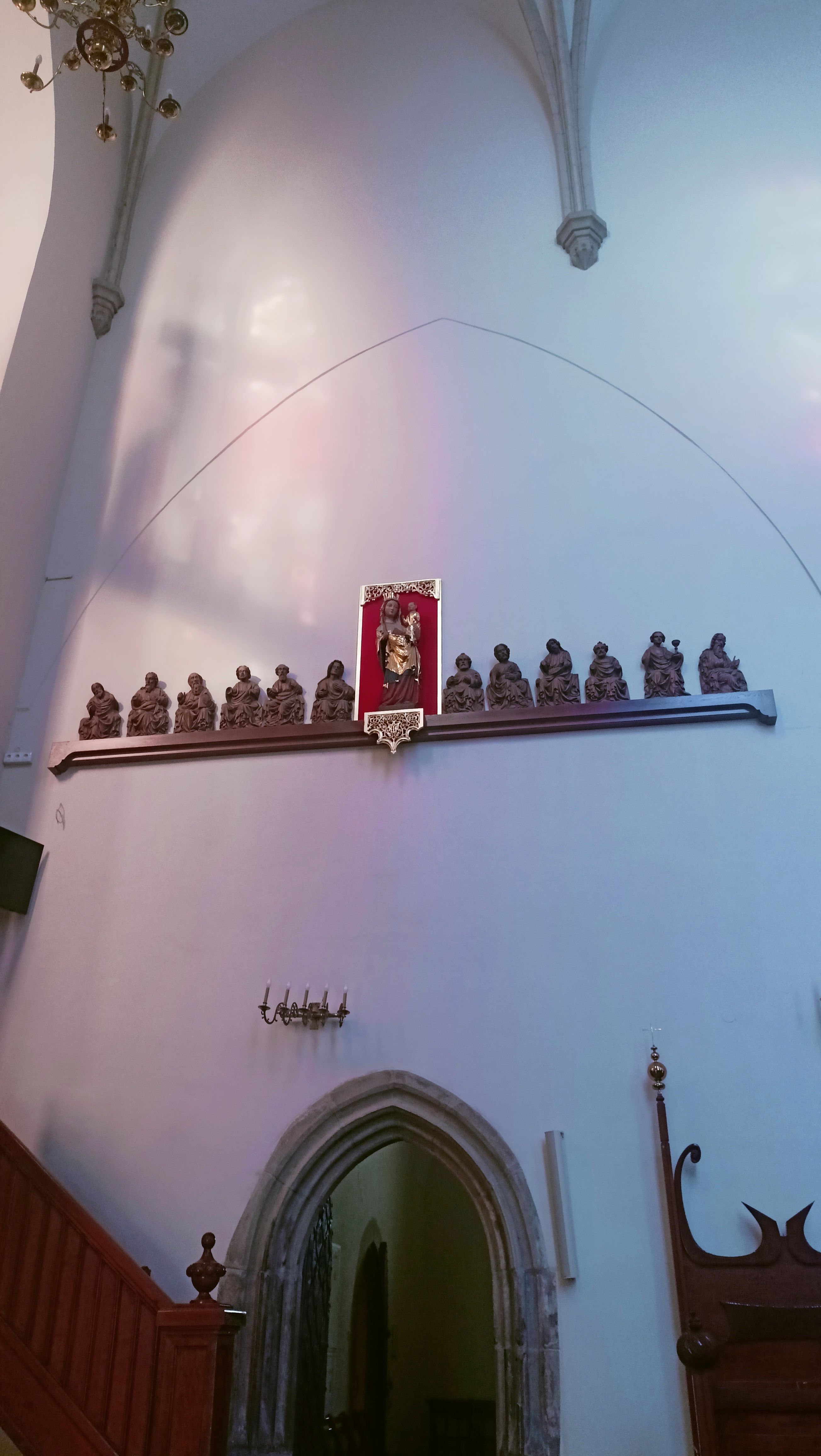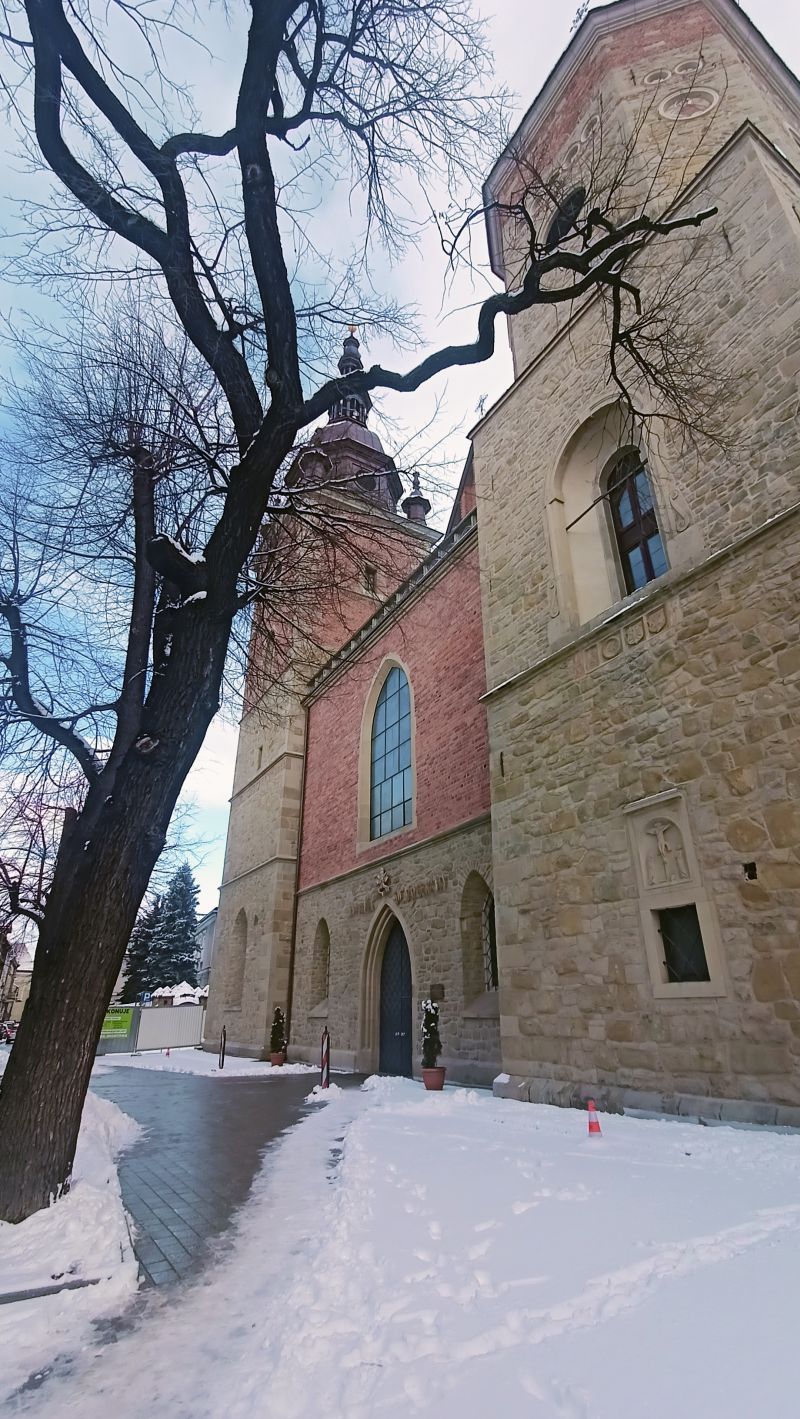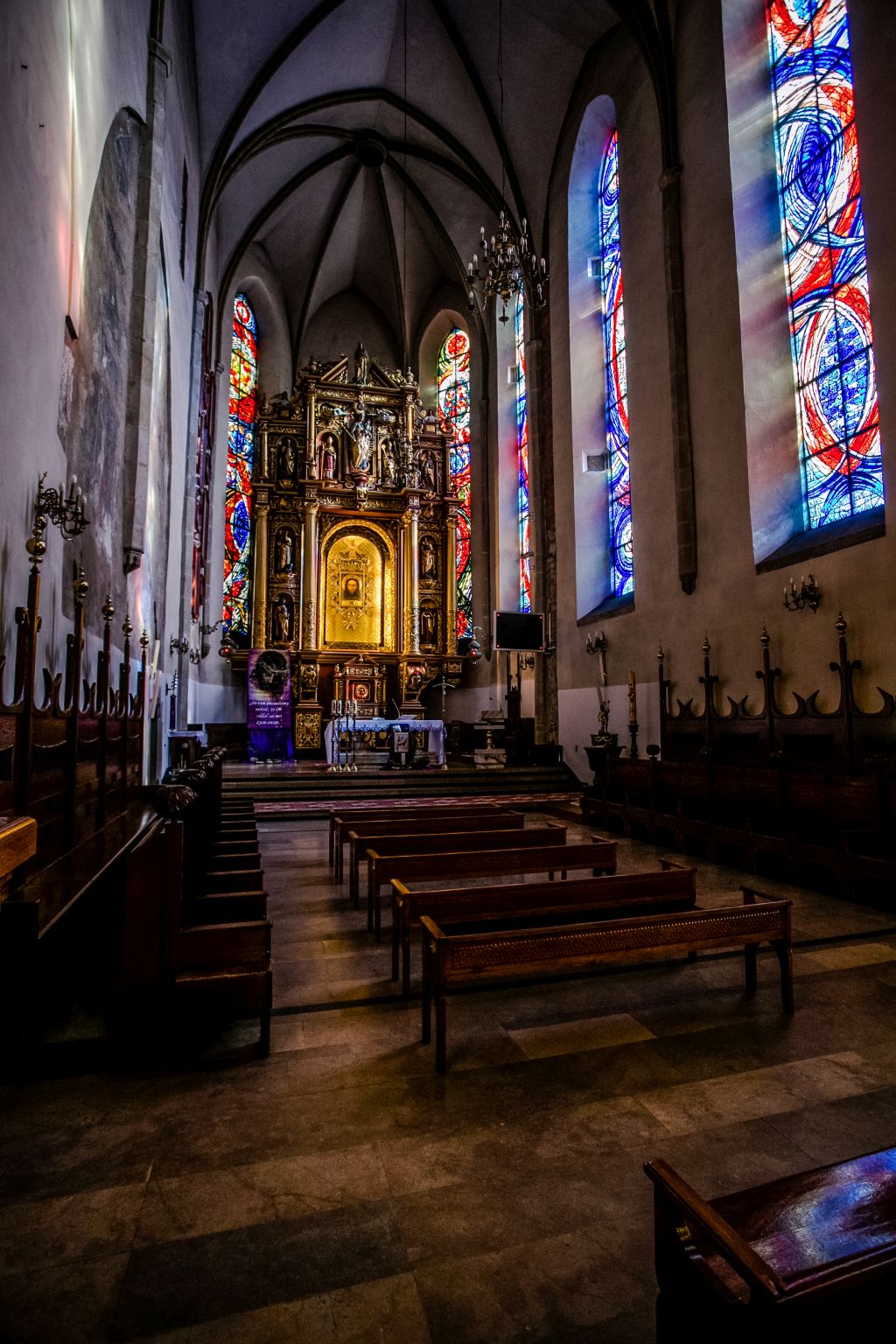The medieval beginnings of St. Margaret's Church in Nowy Sącz
The beginnings of the most historically important church in Nowy Sącz raise two questions: when was this building built and when did it become a parish church? The distinguished historian of Nowy Sącz, Father Jan Sygański SI, wrote that the church of St. Margaret existed already at the end of the 13th century and that it was originally a wooden church, transformed by the Bishop of Kraków, Zbigniew Oleśnicki, in 1446 into an impressive Gothic building. Based on a document from 1303, he also noted that it was a branch church of the parish church of St. Adalbert, located peripherally, in the southern suburb (Hungarian or Greater, currently the vicinity of the Economic School Complex) founded in 1292 by Wenceslas II of Czeski Sącz (Nowy).
Later researchers were cautious about this. Stefan Świszczowski only stated that even before Nowy Sącz was founded in 1292, there was a stone church in the vicinity of the current church of St. Margaret. In turn, Father Józef Fiałkowski repeated the previously known statement that in the 14th century, the church of St. Margaret was a branch of the church of St. Adalbert, arguing at the same time that the latter was quite quickly (before 1343) "outdistanced" by the church subordinate to it. Kazimierz Dziwik also supported the latter opinion, adding riskily that the church of St. Adalbert dated from the 12th century and the church of St. Margaret from the beginning of the 13th century. Father Bolesław Kumor presented this issue differently, writing that the foundation of the new town in the 13th century was associated with the construction of its own church and the creation of a separate parish district; he emphasized that "this rule knows no exceptions" and that if there was an earlier temple in the pre-foundation settlement (usually outside the city limits), it was affiliated with the newly established city church.
The latest historical literature on the issues related to the beginnings of St. Margaret's Church does not fully resolve the issues, but due to the convincing arguments it allows for a relatively coherent and unambiguous answer to the issues mentioned above. Based on the findings of Zbigniew Beiersdorf and Bogusław Krasnowolski and the work of Father Stanisław Salaterski, we can state that St. Margaret's Church, made of brick from the very beginning, was built during the foundation of Nowy Sącz, and therefore not at the beginning of the 13th century, but at the end of that century, becoming a parish church before 1325, which is supported by the mention of the Nowy Sącz parish among the parishes of the Sądecki deanery from that period. The later history of St. Margaret's Church is more distinct, which does not mean that there are no question marks regarding, for example, the original appearance of the brick church. In this respect, we are inclined to repeat that in the Romanesque phase it was a single-tower church with two twin windows, i.e. approximately the one depicted on the city seal found on a parchment document from 1343. Based on architectural research from the middle of the last century, we can also state that the church vault was built before the end of the 14th century, and the All Saints' Chapel (currently the northern nave) was added a little later. Later still (at the turn of the 14th and 15th centuries), three more chapels were built: St. Anne's, the Holy Trinity's and the Visitation of the Blessed Virgin Mary.
There is not much to be said about the furnishings of the original Romanesque church (with preserved fourteenth-century polychromes), probably a two-nave church with three pillars on the axis. In fact, only that the All Saints' Chapel contained an altar brought from Prussia, donated according to tradition by knights returning after the Battle of Grunwald, which contradicts the generally known facts that the Nowy Sącz knighthood at that time was not engaged in direct combat with the Teutonic Order, but was intended to defend the southern border of the Polish state, threatened during the Great War (1409–1411) by the Hungarian king Sigismund of Luxembourg.

